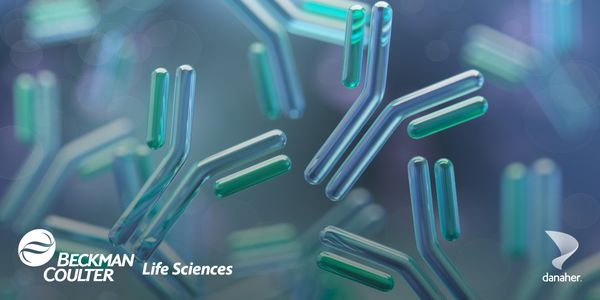From genomics to precision medicine: Uncovering and manipulating the genetic circuits underlying common disease
-
Manolis Kellis, PhD
Professor, Computer Science and AI Lab, Director, MIT Computational Biology Group, Broad Institute of MIT and HarvardBIOGRAPHY
Precision medicine requires understanding the mechanistic basis of complex disorders, and to precisely manipulate these mechanisms to better human health. This is partly enabled by the recent revolution in human genetic studies, which resulted in thousands of disease-associated regions. However, translating genetic results into mechanistic insights remains an unsolved challenge, partly because in 90% of cases, disease-associated common variants do not affect protein function directly, but instead alter genomic control elements that govern gene expression patterns. To systematically characterize these control elements and their circuitry, we generated epigenomic maps of 127 primary human tissues and cell types, and networks linking them to their target genes and their upstream regulators. We have used these maps and circuits to understand how human genetic variation contributes to disease and cancer, providing an unbiased view of disease genetics and sometimes re-shaping our understanding of common disorders. For example, we find evidence that genetic variants contributing to Alzheimer’s disease act primarily through immune processes, rather than neuronal processes. We also find that the strongest genetic association with obesity acts via a master switch controlling energy storage vs. energy dissipation in our adipocytes, rather than through the control of appetite in the brain. We have shown that we can manipulate these circuits by genome editing or gene targeting, opening up tissue-autonomous therapeutic avenues against the obesity epidemic. In addition to dissecting known disease-associated regions, we have combined genetic information with regulatory annotations and with epigenetic variation to discover new disease regions in cardiovascular disease, Alzheimer’s disease, and prostate cancer. These results span the spectrum of common, rare, and somatic variants, and illustrate the power and broad applicability of regulatory annotations and circuits for understanding human disease and cancer.
From genomics to precision medicine: Uncovering and manipulating the genetic circuits underlying common disease
Please update your information
Certificate of Participation
DOWNLOAD CERTIFICATE






